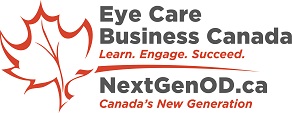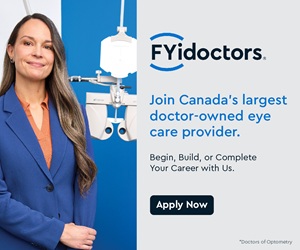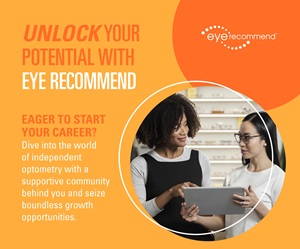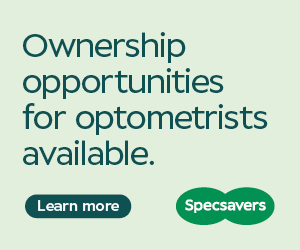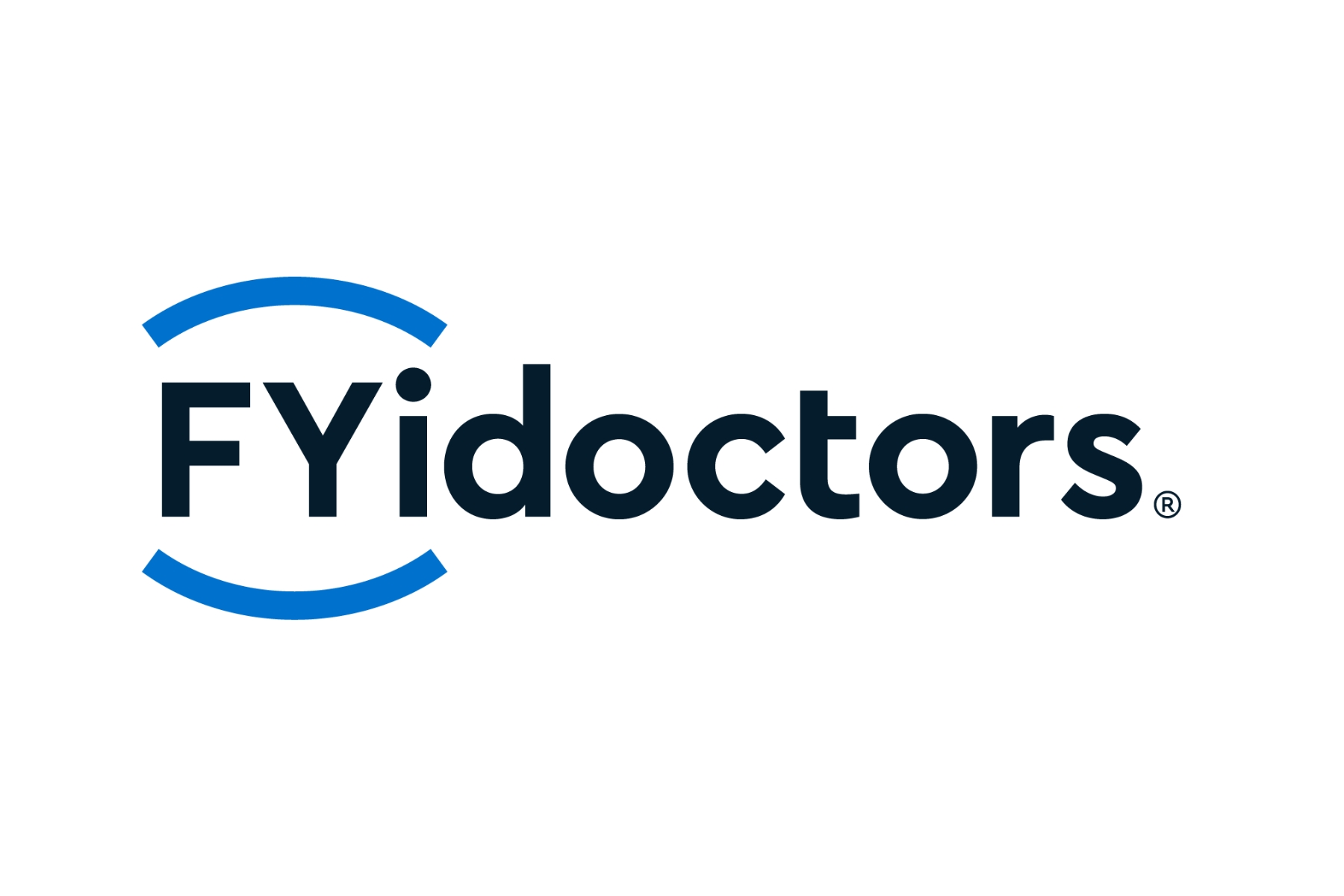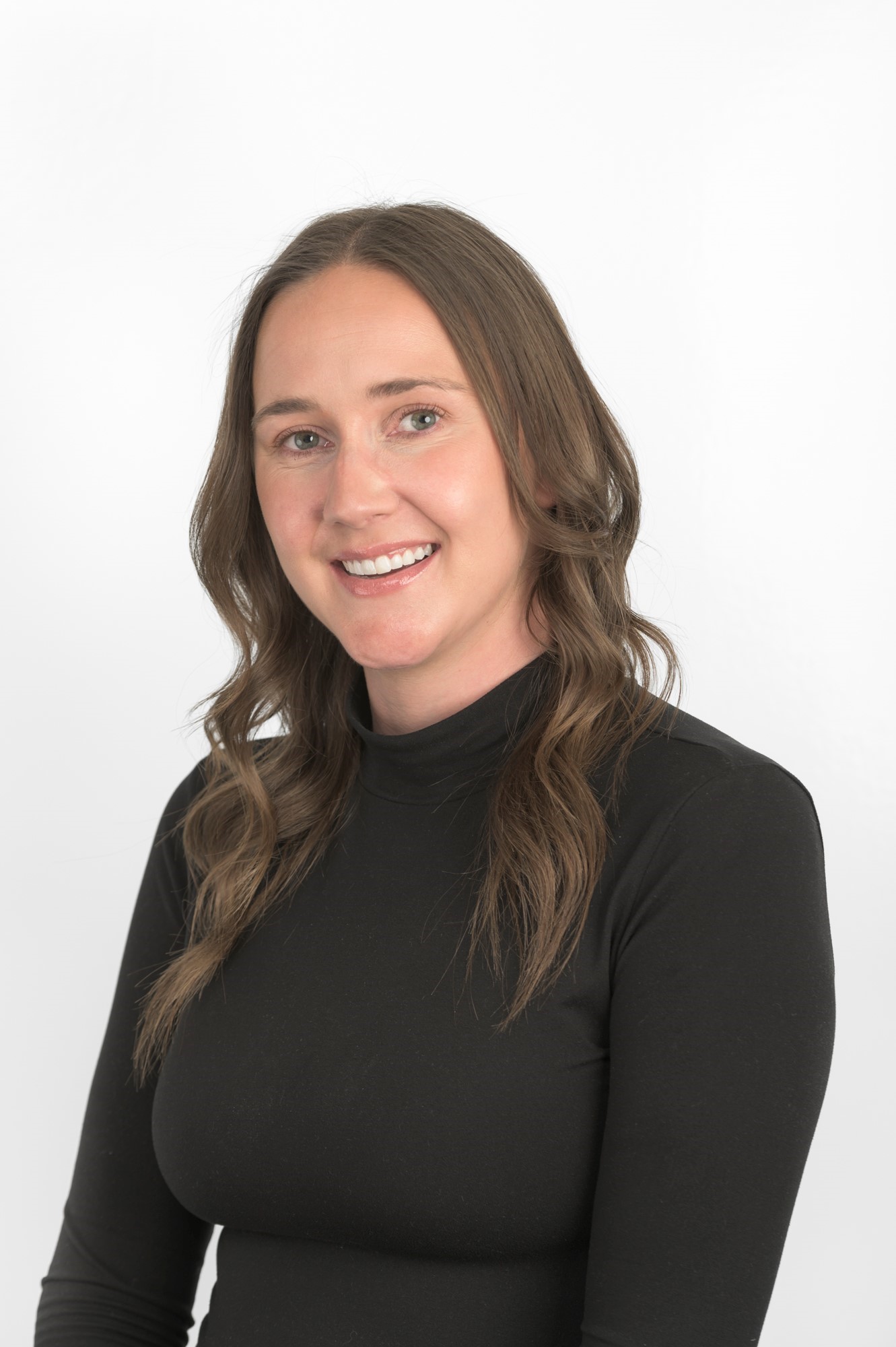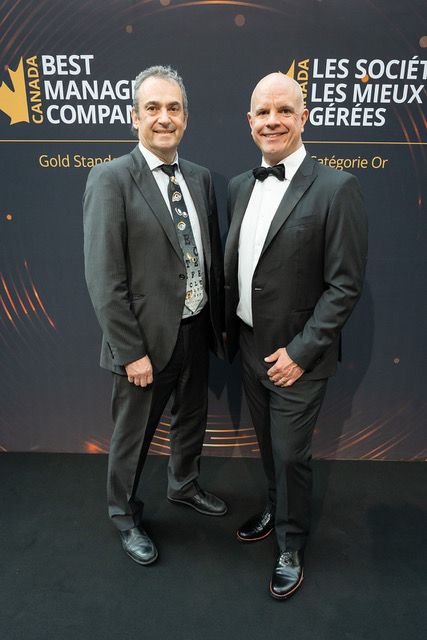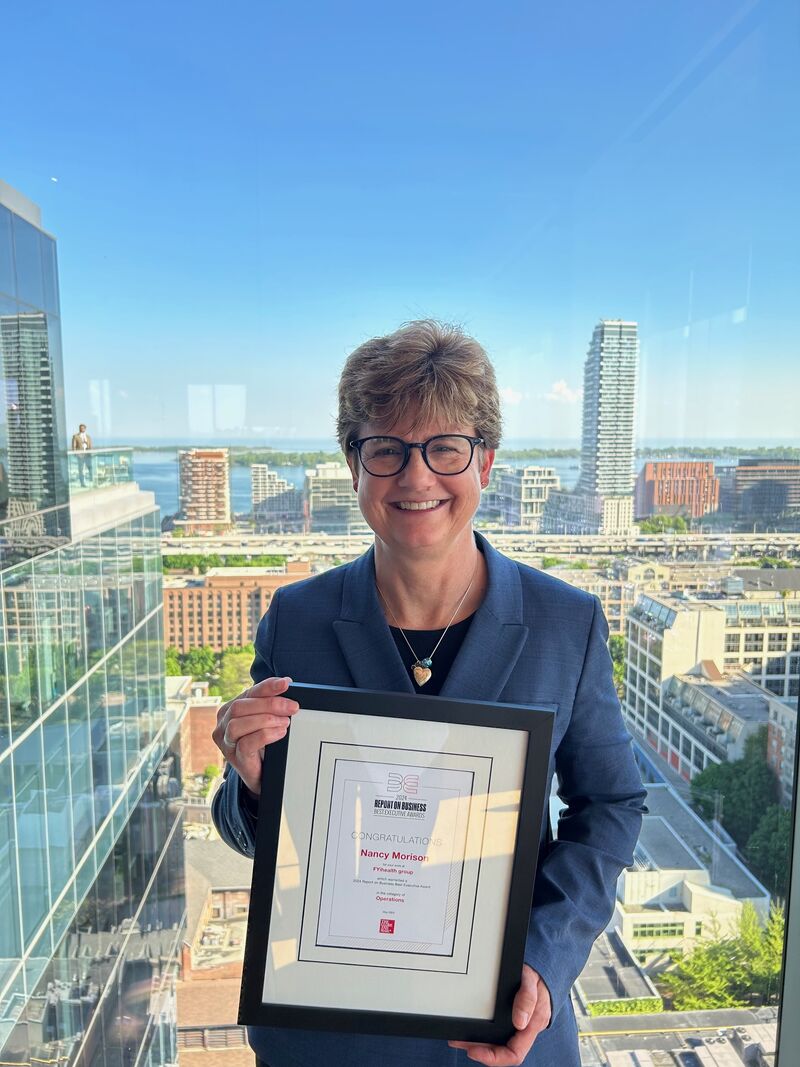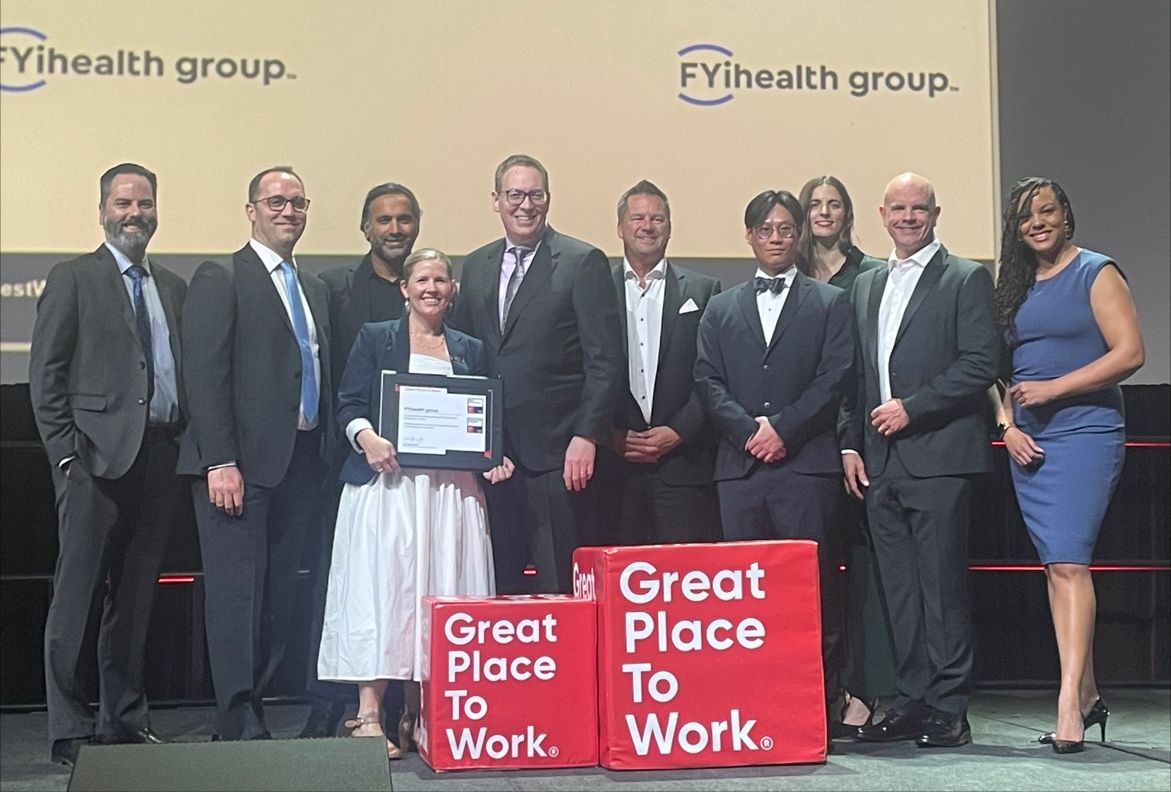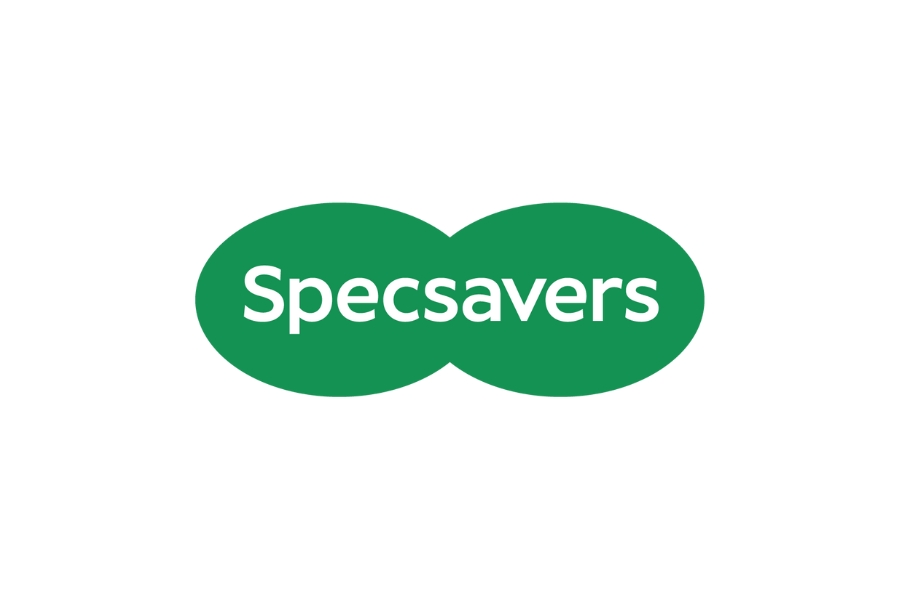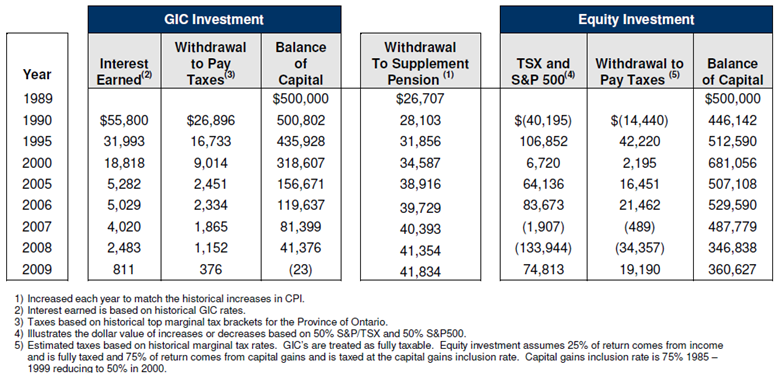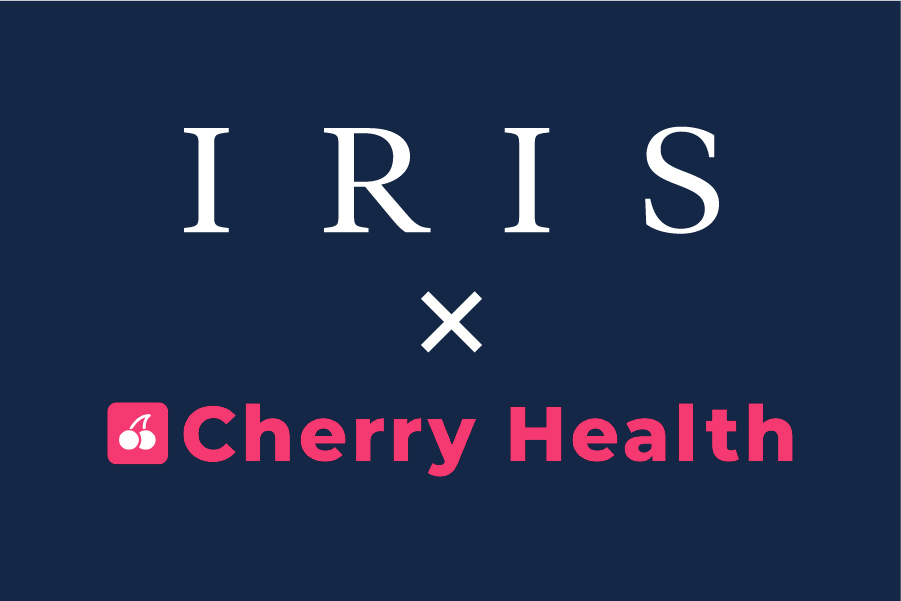
At IRIS, our mission is to modernize and personalize communication with Optometrists about our job offers and the many career opportunities available. That’s why we’re proud to announce our partnership with Cherry Health.
What is Cherry Health?
Cherry Health is an innovative network that enables organizations and healthcare professionals to interact for various job opportunities across Canada. Thanks to its Internet platform and smartphone application, Cherry Health is revolutionizing the healthcare job search process.
The Benefits of Cherry Health
By collaborating with Cherry Health, we simplify the search for job offers and replacement positions for Optometrists, ensuring fast and efficient matches. Here’s what Optometrists can benefit from:
- Professional Networking: Communicate securely with other healthcare providers across Canada, expanding your professional opportunities.
- Flexible Opportunities: Gain access to short- or long-term practice opportunities paid at the level you expect and tailored to your reality and professional and personal aspirations.
- Intuitive platform: Take advantage of an easy-to-use interface that displays job openings or replacement opportunities in real-time. Be among the first to know and maximize your career potential by improving access to vision care in high-need areas.
A Step Towards More Effective Communication
This partnership with Cherry Health represents a significant step forward for IRIS towards more effective, personalized and modern communication with Optometrists. By integrating advanced technological solutions, we can better meet the professional needs of our Optometrists while contributing to the improvement of vision care across Canada.
We are convinced that this collaboration will enrich the experience of Optometrists seeking new opportunities and strengthen ties within the healthcare professional community. Join IRIS in this quest for an optimized career and a brighter professional future with Cherry Health.
